Women Over 50 Are ‘Fibermaxxing’ and Swear It Shrinks Belly Fat
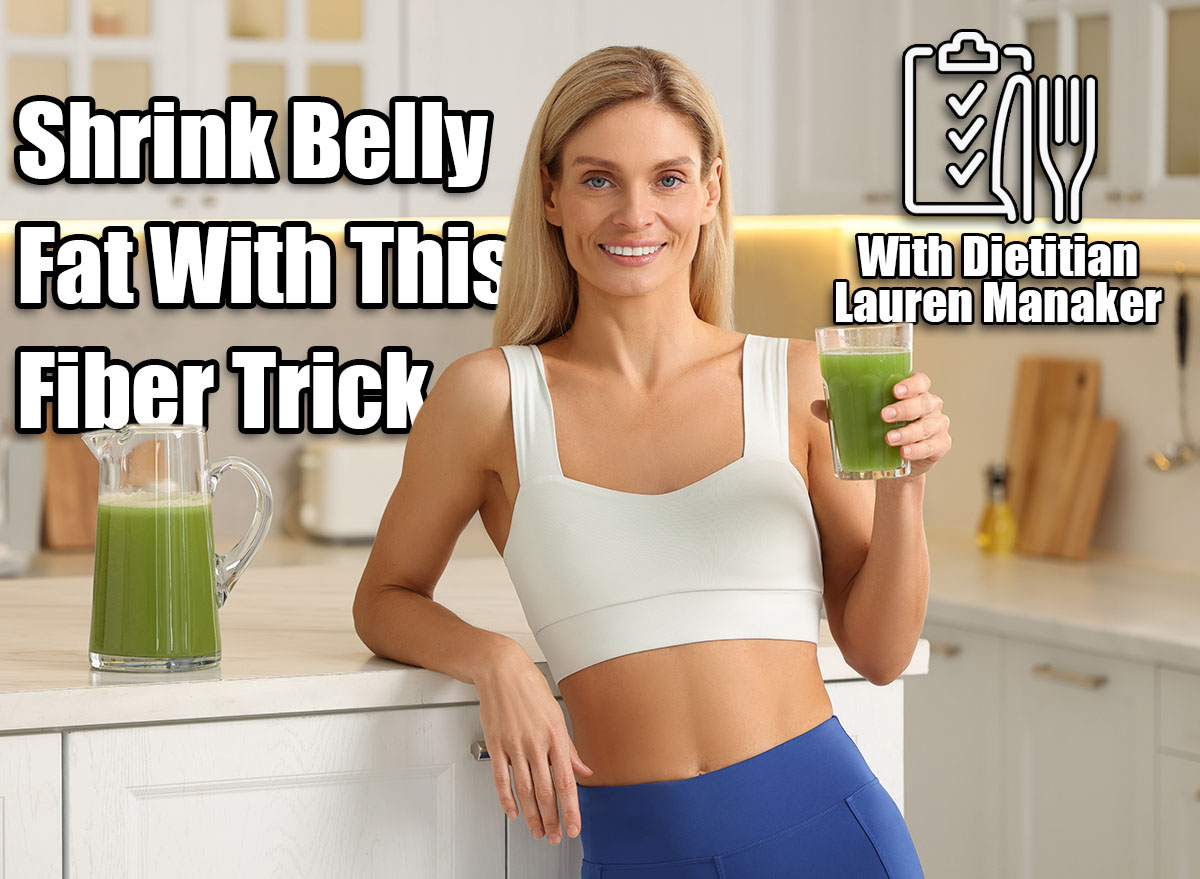
It’s well known that fiber is something that helps our digestive tract, but it serves many other functions. Fiber can improve blood sugar, help prevent diseases like heart disease, high blood pressure and some cancers, and it can also keep you full longer so it can aid with weight management.
Now fiber is going viral. There’s a trend all over social media called fibermaxxing where influencers and women over 50, are loading up on fiber-rich to reap the health benefits. But is too much of a good thing unhealthy?
Eat This, Not That! spoke with Lauren Manaker MS, RDN, LD, Charleston-based registered dietitian who explains what to know about the latest nutrition craze and if fibermaxxing is really beneficial.
Why Women Over 50 Are Fibermaxxing

Upping the amount of fiber in your daily diet is becoming a popular trend among many including women over 50 who want to take advantage of the many health benefits.
“With most Americans not eating enough fiber, a significant fiber gap exists in the typical diet,” says Manaker. “The recommended daily fiber intake is about 25 grams for women, yet the average person consumes far less than this.”
Manaker explains, “This gap can lead to various health issues, such as poor digestion, increased risk of heart disease, and difficulty maintaining healthy blood sugar levels. For women over 50, closing the fiber gap is especially important to address age-related changes in metabolism, digestion, and heart health (PS Heart Disease is the #1 killer of women in the United States).”
Fibermaxxing Isn’t a Magic Pill
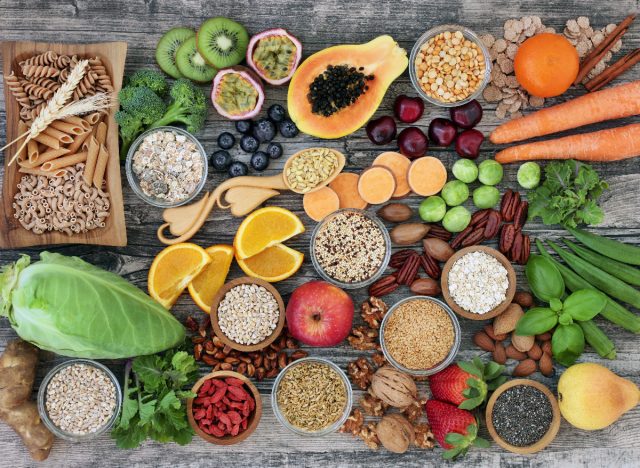
Increasing the amount of fiber you eat daily is beneficial and can support weight loss goals, but it’s not a “magic bullet,” says Manaker.
She explains, “High-fiber foods are filling and help curb cravings, making it easier to manage portion sizes without feeling deprived. Since fiber slows digestion, it can also stabilize blood sugar levels, preventing energy crashes that often lead to snacking. Some data links eating more fiber to weight loss success, but results can vary from person to person.”
Manaker adds, “While increasing fiber intake can be beneficial, it’s important to note that adding more fiber alone is unlikely to lead to significant weight loss if other factors are not addressed.”
Exercising and lifestyle also makes a difference.
“Consuming high-fiber foods alongside excessive ultra-processed foods, added sugars, or unhealthy fats won’t result in the same outcomes as eating more fiber alongside a balanced and healthy diet, participating in physical activity, and getting good quality sleep,” Manaker says.
What to Know About Fibermaxxing

Manaker approves of fibermaxxing, but recommends starting slow, especially if your body isn’t used to a high fiber intake.
“Increasing your fiber intake too quickly may result in bloating, gas, or discomfort. It’s important to drink plenty of water to help fiber move through your system efficiently,” Manaker says.
To avoid an upset tummy, gradually include fiber-rich foods like fruits, vegetables, whole grains, and legumes into your meals.
How to Include More Fiber Into Your Diet

There’s many ways to work fiber into your diet and once you get a few ideas, it will become effortless. Below are six products Manaker recommends that make it easy to fibermax.
gutzy Organic
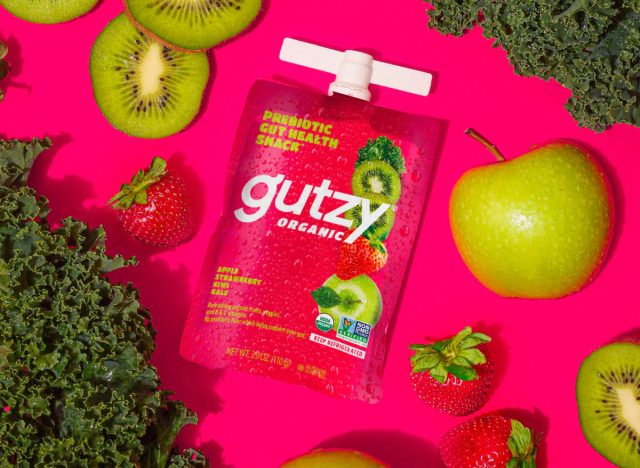
gutzy Organic is a prebiotic snack made with fruits and veggies that includes 8 grams of fiber. One of the key ingredients is acacia fiber, which is a gentle, science-backed prebiotic that’s been used for thousands of years and supports the gut by feeding beneficial bacteria and promoting the production of short-chain fatty acids. With only 5% of Americans getting enough fiber, gutzy makes it easy to help close that gap.
Wonderful Pistachios Roasted & Salted
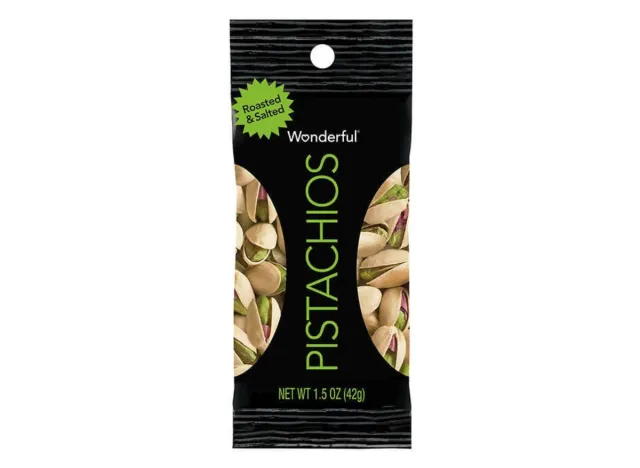
Wonderful Pistachios are a good source of plant protein and fiber. A serving of pistachios provides 6 grams of plant protein and 3 grams of fiber. Bonus? In-shell pistachios may help you fool yourself full because the leftover shells can be a visual cue for portions, potentially helping to curb intake. Add pistachios to your salad or trail mix for extra fiber plus plant-based protein and healthy fat.
OLIPOP
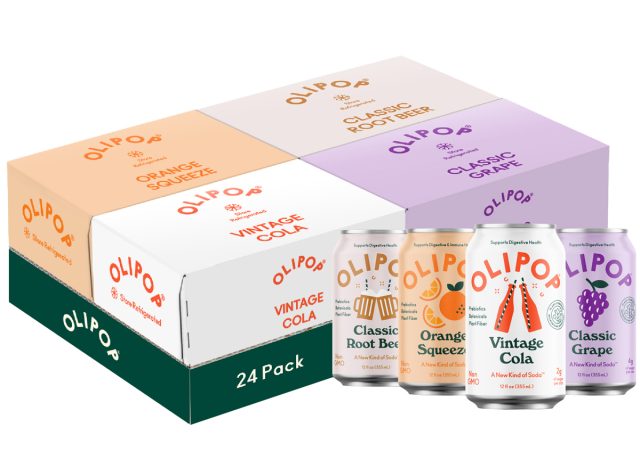
OLIPOP prebiotic soda contains 9 grams of fiber per can (which is a lot for a drink!). OLIPOP uses different prebiotic sources, including inulin and Jerusalem artichoke. Plus, it is free from anything artificial and it has far less sugar than original sodas. OLIPOP is a no-brainer to add to a day. When you have a thirst that needs quenching, just crack open a can and sip!
Organic India Psyllium Pre and Probiotic Fiber
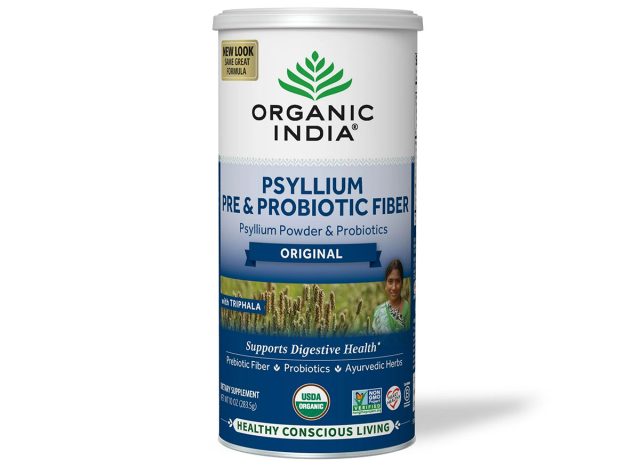
Organic India has a Psyllium Pre & Probiotic Fiber that can help bridge the gap with one simple step. It is made with Organic Psyllium Fiber (a natural prebiotic) for regularity, 2 Billion CFU per daily dose of probiotics, and triphala, a classic Ayurvedic tri-herb formula for cleansing and digestive rejuvenation. Each teaspoon contains 4 grams of fiber, making it easy to Fibermax simply by adding it to smoothies, baked good recipes, or just stir and drink.
Step One’s Nut Butter
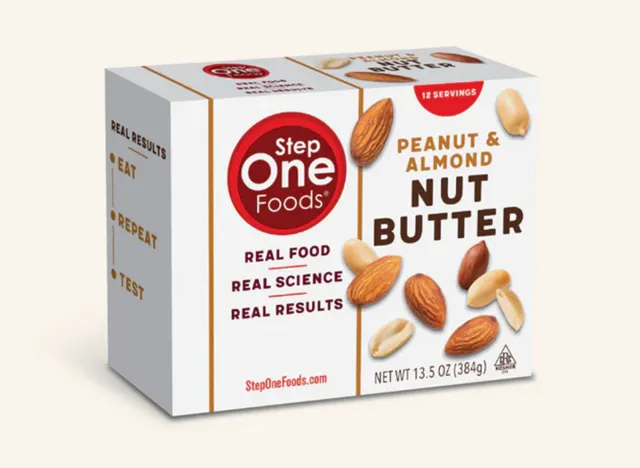
Step One’s Nut Butter has 5 grams of fiber and comes from real, whole-food ingredients like nuts, flax, cranberry seeds, and psyllium husk – all rich in soluble fiber, the kind that helps trap cholesterol before your body can absorb it It’s creamy, delicious, and super versatile. It is a great food to include if you are fibermaxxing too, since it is great on toast, stirred into yogurt, or paired with fruit for a heart-smart snack
Maskal Teff Flour
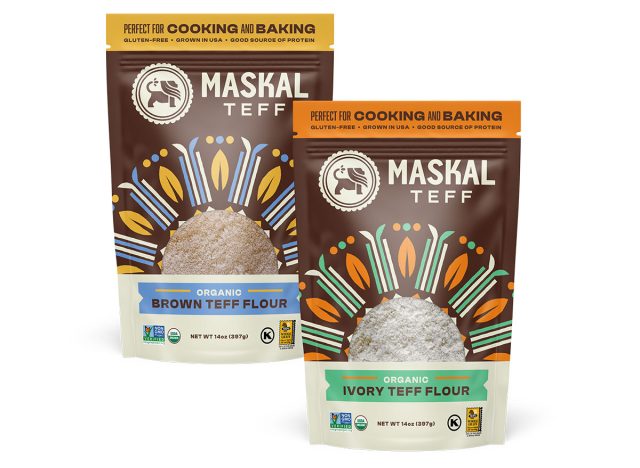
Maskal Teff Flour is an ancient grain native to Ethiopia, where it has been a dietary staple for thousands of years. Renowned for its small size and impressive nutritional profile, teff is gluten-free and is a source of protein, fiber, and essential nutrients like iron and calcium. Using Maskal Teff Flour in baked good recipes adds a boost of fiber without compromising on taste. ¼ cup provides 5 grams of fiber, while many traditional “white” flours provide from 0-1 grams.